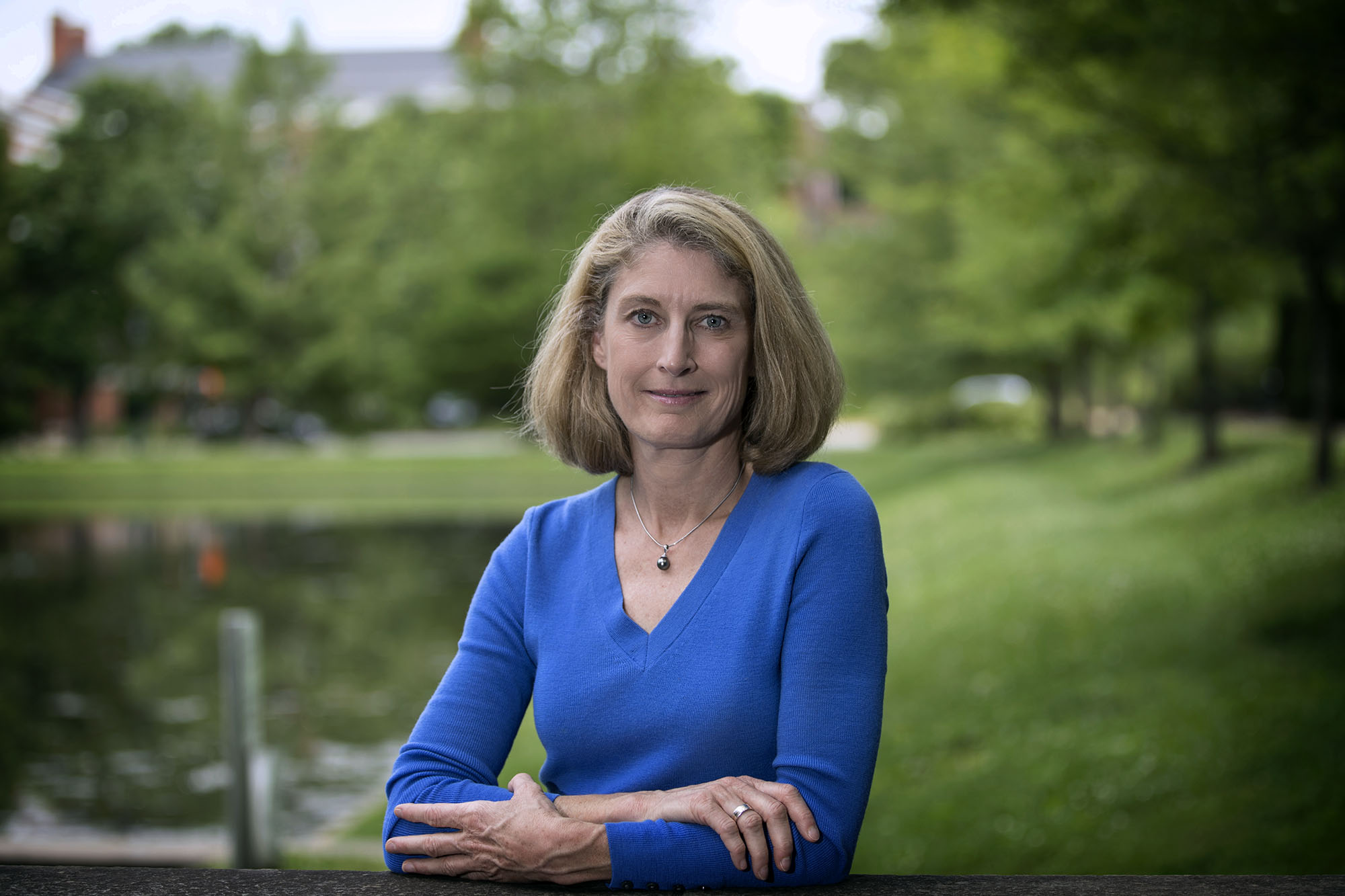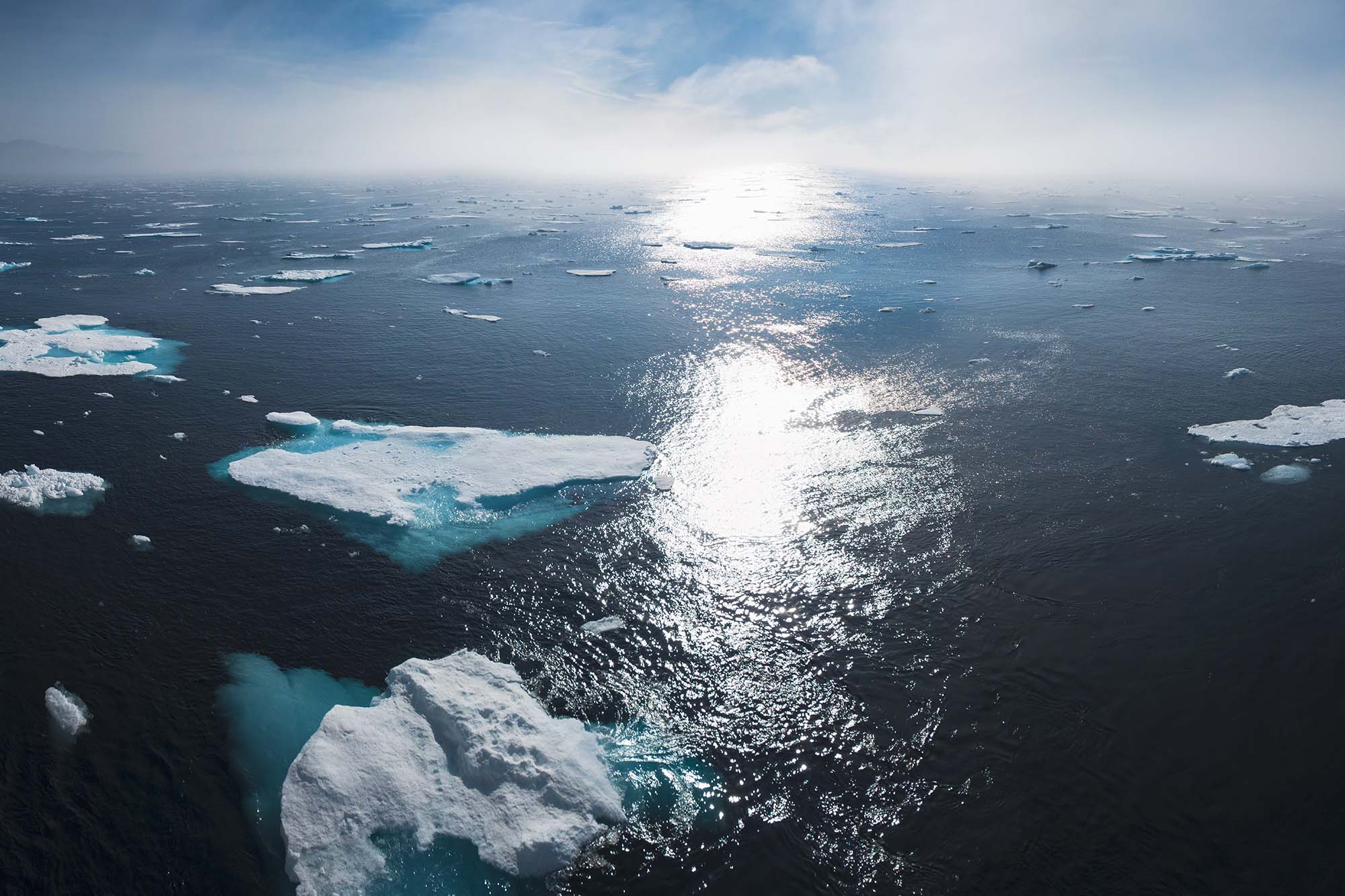As we hear more and more about rising sea levels, melting polar ice and devastating weather events, it can be difficult to be optimistic about the future of our global climate. But the good news is that much of the technology needed to solve the problem of climate change already exists, and the potential to avert a global crisis is still within reach, especially if researchers and policymakers can work together to make the solutions practical for everyone.
To help that happen, the University of Virginia’s Environmental Resilience Institute will bring together researchers, global experts, University leaders and the broader University community this month for a Climate Ambition Summit to examine the frontiers of climate science, strategies for meeting carbon neutrality goals, opportunities for private capital to reduce climate risks and the importance of making environmental justice a core tenet of climate action.
Opening on March 31 and running through April 15, the summit will include a climate justice panel hosted by Ian Baucom, dean of the College and Graduate School of Arts & Sciences, and a keynote conversation between UVA President Jim Ryan and Stanford professor Arun Majumdar, leader of President Biden’s energy transition team and founding director of the Advanced Research Projects Agency-Energy under the Obama Administration.
Environmental sciences professor Karen McGlathery, director of UVA’s Environmental Resilience Institute, spoke with UVA Today about the summit and the critical role universities can play in meeting the challenge posed by a climate in crisis.
Q. You recently said that this a critical moment of opportunity to respond to the growing climate emergency. Why is that?
A. There are two reasons. The first is that the U.S. has now reentered the Paris Agreement, the international treaty on climate change. We’re part of the global conversation again, and that’s really important.

Environmental sciences professor Karen McGlathery is director of UVA’s Environmental Resilience Institute. (Photo by Dan Addison, University Communications)
The other thing is that this is a critical time if we want to have any chance of meeting the goals outlined in the Paris Agreement. We have to reduce carbon emissions significantly in the next decade in order to avoid irreparable harm to the planet.
It’s hard to predict the future, but without meeting those goals we’ll certainly see more of the extreme events associated with climate change like greater periods of floods and droughts in different regions. We’re seeing increasing heat waves in cities, a warming ocean, and more extreme weather events that affect people, society and nature. So while we don’t have a crystal ball to tell us exactly what it’s going to look like in 2050 if we don’t cut carbon emissions quickly, we know that problems caused by climate change are accelerating, and we know that they’re just going to get worse.
Q. What are the goals of the Climate Ambition Summit?
A. Because this conversation is so critical right now for our future, we’re partnering with the Office of Engagement to bring the conversation to the whole UVA community – faculty, staff, students, friends, alumni – so people are aware of the stakes and what we need to do to ensure a manageable and livable climate future.
It’s also important to have a conversation about what universities can do to find solutions for these climate challenges. Universities play a really important role in terms of the basic research that we do and in making connections between research, economics and policy, sectors that need to come together to address the challenges of climate change.

And a third goal is to highlight UVA’s role as a leader is this arena – what we’re doing to really move the needle. The ideals of resilience and sustainability are pillars of President Ryan’s strategic plan, and events like this give us the opportunity to put those ideals into practice.
Q. What are some of the summit events you’re most excited about?
A. That’s a hard question! Having been one of the architects of this series, I would say I’m excited about all of them. We’ve designed them so that we’re thinking about many aspects of climate change, from environmental justice, to the role the arts can play in communicating with people about the climate, to the role of technology.
But I’m really looking forward to the conversation between UVA President Jim Ryan and Dr. Arun Majumdar from Stanford. Dr. Majumdar is a global expert in energy transitions and was the leader of President Biden’s Department of Energy transition team, so he has the perspective of both his academic work and his leadership in the U.S. government to help us think about the barriers and the opportunities for making some of these climate solutions possible, that involve both reducing carbon emissions by transitioning to renewable energy and also taking carbon dioxide out of the atmosphere. We’ll need to do both of these things to reach the goal of being net zero by 2100.
I’m also really interested in the climate justice panel. Ian Baucom, the dean of the College of Arts & Sciences, is the moderator and we have three faculty members from across Grounds who are looking at climate justice and climate equity from different perspectives. You can’t think about climate change without thinking about climate equity, so it’s an important issue for us to explore together.
The disruption caused by climate change has the potential to only increase inequities in society. We know that economically challenged or underserved communities are affected more than other populations by heat waves and flooding, and we also know that these communities may not have the resources to readily adapt to changing conditions, so incorporating these considerations into how we’re going to adapt to climate change or how we’re going to mitigate climate change is critical.
Q. What is some of the most promising research coming out of UVA aimed at responding to the growing climate emergency?
A. Any research or any solution to climate change needs multiple perspectives, so what we’re really encouraging with events like this is an interdisciplinary approach that includes the natural sciences, technology, economics, policy and the humanities. All of them are important in trying to find solutions.
At UVA, we have a team that’s working on what we call “climate restoration.” To make the progress we need to address climate change, we have to reduce emissions of carbon dioxide into the atmosphere, and we also have to take carbon dioxide out of the atmosphere. So we have a team of engineers and environmental scientists and people in policy, law, economics, justice, architecture and land-use who are thinking about both the technological and the nature-based solutions to those problems on a global scale and at a local scale, and they’re looking at how we can take these ideas and implement them in a way that’s realistic, equitable and economically feasible. Thanks to a grant from the Jefferson Trust, this research is moving forward quickly and is involving graduate and undergraduate students, which is particularly exciting.
And we have another group that’s looking at coastal resilience. Half the world’s population lives along a coast, and they’re especially affected by the various impacts of sea-level rise and climate extremes, so we need a better understanding of what’s going on with climate events like the one we saw in Texas this winter and with Hurricane Harvey, which hit Texas and Louisiana in 2017. Our coastal resilience team is looking at how we can better predict events like those and how can we better prepare all sectors of society to be more adaptive and more resilient to these kinds of climate extremes. It’s a critical issue facing both the state and the globe.
Q. So much of what we hear about the future of the environment sounds bleak, are there reasons to be hopeful?
A. I think we can be hopeful about the potential of technology and natural systems like wetlands and forests to restore the climate. The future is now, and we need to think about how to deploy these strategies on a scale that’s large enough to make a difference and in a way that’s economically feasible and equitable, and there’s great potential there.
And there’s a real potential for national and global climate action right now. Just like we saw when we had to come up with a vaccine for COVID, there’s the same kind of potential for an expansive revolutionary approach to solving the problem of climate change.
This is our moment. We have to harness this talent that we have within the United States and abroad to come up with solutions and put them into action. I’m optimistic, and there are plenty of reasons to be.
Media Contact
Article Information
March 25, 2021
/content/our-moment-university-gathers-save-world-climate-change

